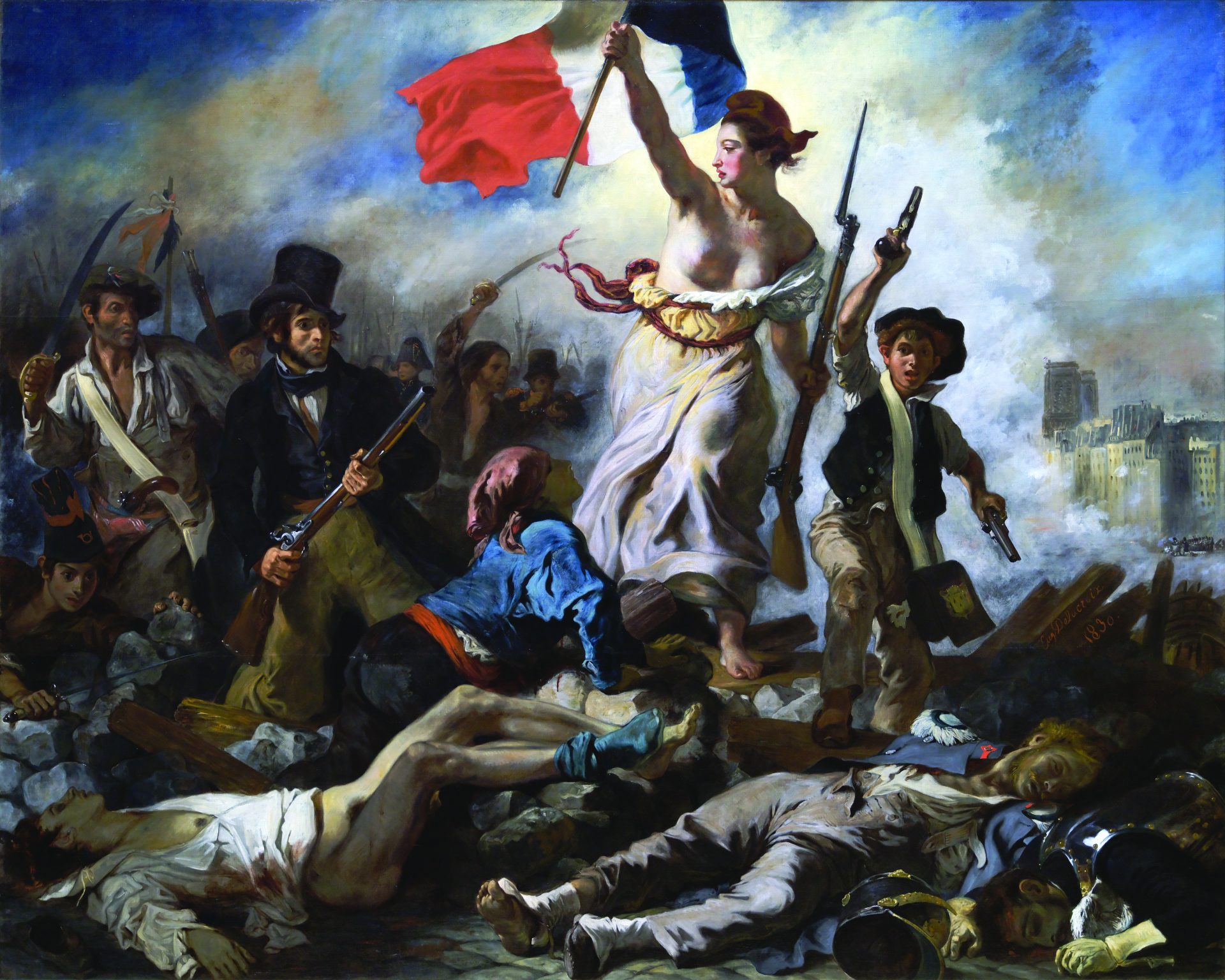
In 1847, Oliver Byrne, a little-known mathematician, published an illustrated volume of some of Euclid’s theorems (largely those dealing with plane geometry and the theory of proportion). No one had previously hit on Byrne’s idea to visually depict mathematical ideation, and he was derided by purists to whom the bold pages seemed unserious. But Byrne was hardly inclined to frivolity: “We do not introduce colours for the purpose of entertainment,” he wrote in the volume’s introduction, “or to amuse by certain combinations of tint and form, but to assist the mind in its reaches after truth.” The author’s caveat aside, feel free to delight in the volume’s Mondrian-like imagery regardless of your ardor for geometric verities. The rules governing the construction and proportion of, say, the isosceles triangle, parallelogram, gnomon, and ever-popular equiangular hexagon have rarely looked so compelling. (But perhaps not so much as to make you wistful for sophomore year of high school.) Composed in a semaphoric style, the text elaborating each theorem’s proof concretely expresses lines, points, and shapes rather than offering impossibly abstract descriptions (“there is a finite set of such points A₁, A₂, . . . , Aⁿ, placed in the straight line AB that segments AA₁, A₁A₂ . . .”). The result is jaunty, even comical-looking prose that begs to be read aloud, surely with musical correlatives for the brightly daubed radii and vertices. Keats wrote that axioms aren’t yet “axioms until they are proved upon our pulses”; Bryne’s tints and forms do precisely that.







